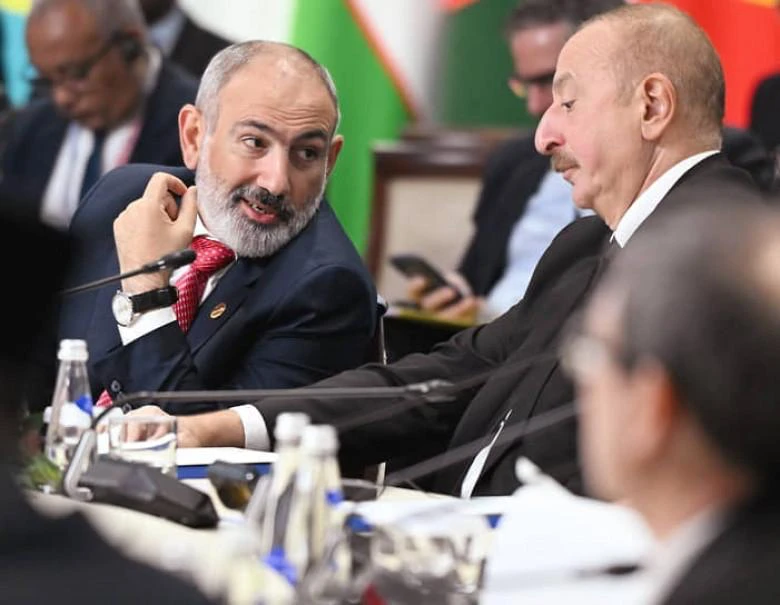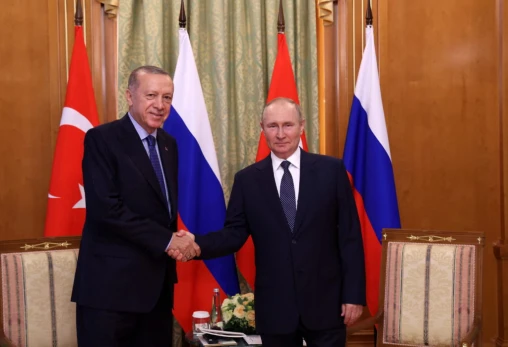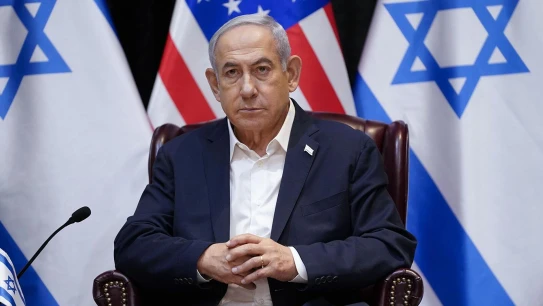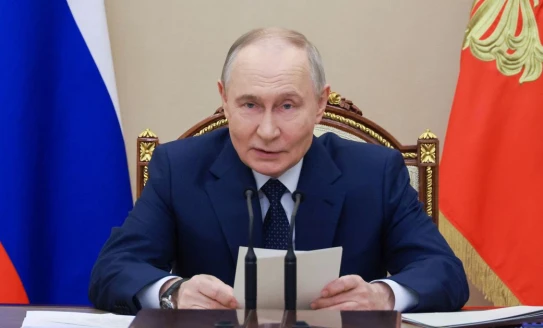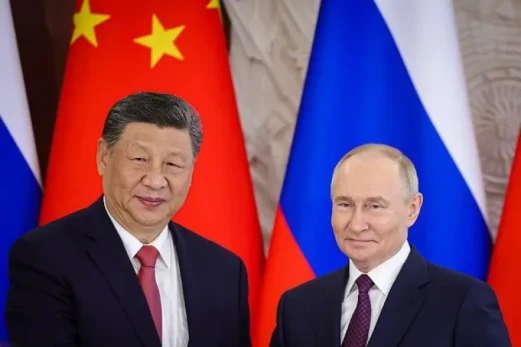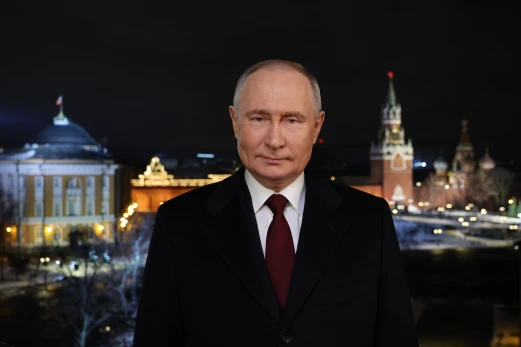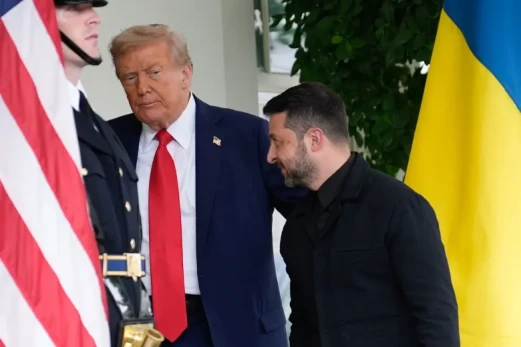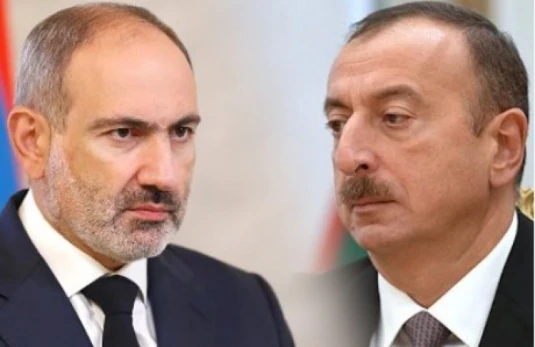"Fact" daily writes:
These days, it is self-explanatory, the main headache of the Azerbaijani criminal authorities is the COP-29 conference, with the guests who have come and gone, along with accompanying questions and developments.
Hikmet Hajiyev, Pashinyan's colleague Aliyev's aide, basically alludes to the same thing in his communications with foreign media.
In particular, Hajiyev told Russian TASS yesterday that COP-29 is the main topic of Azerbaijan's agenda.
"Starting from December, a new process will begin between Armenia and Azerbaijan regarding the negotiations on the text of the peace treaty."
It is possible that this is just a "distraction maneuver" by the Azerbaijani administration. After all, even the Ministry of Foreign Affairs of the "crossroads of peace" hinted that Azerbaijan might resort to military aggression after the UN climate conference.
It is noteworthy that, for example, the same Hajiyev does not say that the negotiations on the peace treaty will continue in December, but he is talking about starting a new process of negotiations on the text of the peace treaty.
And what did he say: "new process?" The first thing that can be logically assumed is that, according to Aliyev's assistant, there will be a different situation in December, which will start the "new process".
Otherwise, why doesn't he say that the negotiations on that ill-fated contract will continue until now?
On the other hand, Hajiyev's immediate superior Aliyev announced the other day that they are close to signing a peace treaty, which, considering the current realities, sounds quite threatening.
It is very simple. if Aliyev says something like that, then he already has certain agreements or has received promises of additional concessions from Pashinyan's regime. Anyway, there are less than two days left in December.
We'll see what happens, and what's left of the "peace treaty" that already exists or is being negotiated?
What does it mean and, in general, what do each of the parties understand by declaring "peace"? Let's start with the "peace" envisioned by Pashinyan and his CP.
It can be described like this. The border settlements of Armenia are "protected" and "demarcated" by a wall half a meter thick and two and a half meters high, and in some places by newly planted trees, from the armed and positioned enemy, the Azerbaijani army.
This is about providing "security" in places.
According to Pashinyan's idea, "peace" means that Azerbaijan and Turkey will freely use Armenia's communications (highways, railways), without control or under the "control" of some private security company.
Let's continue. in Pashinyan's version, "peace" will mean only that the residents of RA should eat a loaf of bread every day and give glory to the government that on that particular day they went to bed safe and sound, with the dim hope that they would wake up in the morning anyway, according to which they would be given in. In short, “bread.” And that’s it.
This is the "peace" envisioned by Pashinyan, which he preaches or, so to speak, "sells" this propaganda to the RA citizens or the gullible ones who still exist.
In Pashinyan's ideas of "peace" there is also a point of "trading with neighbors", which needs to be opened a little. In general, there are four neighbors of Armenia.
Armenia used to "trade" with both of them and through their communications. For some reason, Pashinyan and CP mean only Turkey and Azerbaijan, with whom Pashinyan intends to "trade". from the times of "working against".
How Pashinyan and CP are able to "trade" with the Azeri-Turkish tandem, the depopulated Artsakh and the Armenian territories handed over to the enemy are the most obvious evidence... OK, for example, what does Aliyev imagine when he talks to Armenia? about peace.
Unfortunately, it is also not difficult to imagine and perceive, if, of course, you don't want to not perceive it.
The "peace" imagined by Aliyev and the Azerbaijani authorities, moreover, even by the Azerbaijani "people", is described by the following main features.
a) Free and unhindered, uncontrolled passage through Syunik and not only through Syunik (this is in the best case);
b) Multiple limitation of the number of the armed forces of Armenia, with the ban on possessing heavy weapons,
c) Imprisonment of "war criminals" (RA citizens who participated in the Artsakh War of Independence and the Defense of the Motherland),
d) Commitment of enormous "military fines" by Armenia, and if Armenia is unable to pay with the money, then compensation with additional territorial concessions.
e) settlement of several hundred thousand Azerbaijani Turks
In the territories remaining under the control of the RA, rapid satisfaction of all the needs and whims of the given Azerbaijani "settlers", etc. And what, is there a very attractive "future" or "intersection of peace"?
By the way, we are still not talking about the Turkish ideas that lead to the denial of the Armenian Genocide and an apology to the Turks, the ban on the entry of Diaspora Armenians, the closing of "revanchist" parties, the public and widespread rejection of Mount Ararat, its image, its name, and so on.
The facts and the target goals declared by both sides are so obvious that you don't need to be a doctor-professor of political science to understand what the so-called "peace treaty" is in its content and what serious consequences it will lead to.
By and large, Pashinyan's policy and the destruction caused by it have led to the fact that under the candy word "peace" and foil, Armenia and its citizens are being presented with a demand to sign "capitulation-2".
And then let no one say: "but what did we know... but how could we have imagined..."?
You know, there is no shortage of tellers. There is a shortage of listeners.
ARMEN HAKOBYAN
















